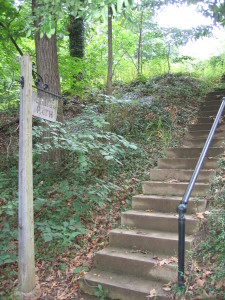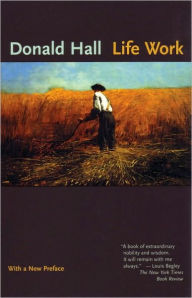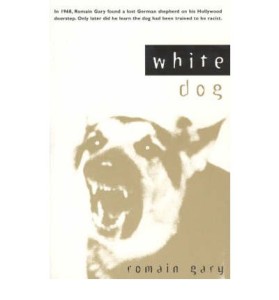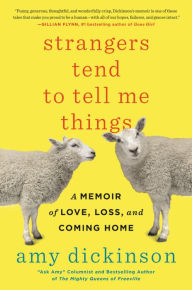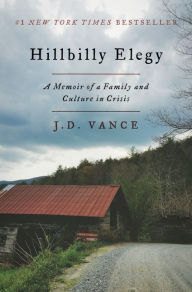Best books I read in 2018
As a writer, I learn something from every book I read. These are the ten best books I read in 2018. Please check the links to the blog archive for a fuller discussion of each book.
1. Reservoir 13, by Jon McGregor
This unusual and remarkable book is the story of a village in the Peak District and its surrounding countryside. It’s a story about time, stretching over 13 years with each chapter covering a single year of the village’s life. This is not a book to rush through. It is a book to savor.
2. Waking, by Eva Figes
It’s quite short, only 88 pages, but don’t be deceived. There’s a lifetime packed into this stunning novel. Each of the seven chapters takes us into the thoughts of our unnamed narrator at a different point in her life, from childhood to the edge of death.
3. Priest Turns Therapist Treats Fear of God, by Tony Hoagland
In crafting his poems Tony Hoagland, who passed away this year, brings together humor and tenderness, wit and emotion, gentle satire and surprising insight. Using the things of this world, he invites us to be present in our lives and appreciate each moment. The poems in this, his final book, often moved me to tears.
4. Collected Poems, by Jane Kenyon
For me, reading Jane Kenyon’s poems for the first time has been like falling in love, that moment when you meet someone who seems to be your soulmate, who speaks your language, who knows what you have been through.
5. My Beloved World, by Sonia Sotomayor
This memoir by the Supreme Court justice is remarkably well-crafted and imbued with a generous spirit.
6. A Muriel Rukeyser Reader, ed. by Jan Heller Levi
In The Life of Poetry, Rukeyser talks of the influence of Melville and Whitman, one “the poet of outrage”, the other “the poet of possibility”, and we can see both of these influences in her poems. She also speaks of different sorts of unity and embraces the possibility of our coming together, of our finally bringing an end to war.
7. The Last Days of Ptolemy Grey, by Walter Mosley
With this novel, Mosley takes us into the mind of ninety-one-year-old Ptolemy Grey, a mind that is fraying at the edges. It is one of the most moving portrayals of aging that I’ve read. Mosley’s novels are always entertaining, but for me as a writer they are also a masterclass in writing craft.
8. [Asian Figures], by W.S. Merwin
Merwin, a prolific and popular poet, a former poet laureate, chose to translate these proverbs from various Asian cultures. He side-steps the thorny question of whether they are poetry, and instead concentrates instead on what they share: brevity, self-containment, and “urge to finality of utterance”. What they also share is humor, wit, and true wisdom.
9. My Name Is Lucy Barton, by Elizabeth Strout
This quiet story is not for everyone, but I fell in love with Lucy’s voice. In addition to the voice, what I admire most as a writer is the way Strout releases information. Among the themes of imperfect love and family is the theme of reticence. The story seems to ramble haphazardly, but when I went back and looked more closely, I could see how well crafted it is.
10. How I Live Now, by Meg Rosoff
Fifteen-year-old Daisy arrives in England, sent by her father and new stepmother to visit her aunt, only to find herself embroiled in an invasion. Daisy’s voice is the best thing about the book—surly, smart, funny and vulnerable. We are all flawed beings; Daisy is no different, yet in rising to the occasion she finds an unexpected heroism. I felt privileged to spend these pages with her.
What were the best books you read last year?


